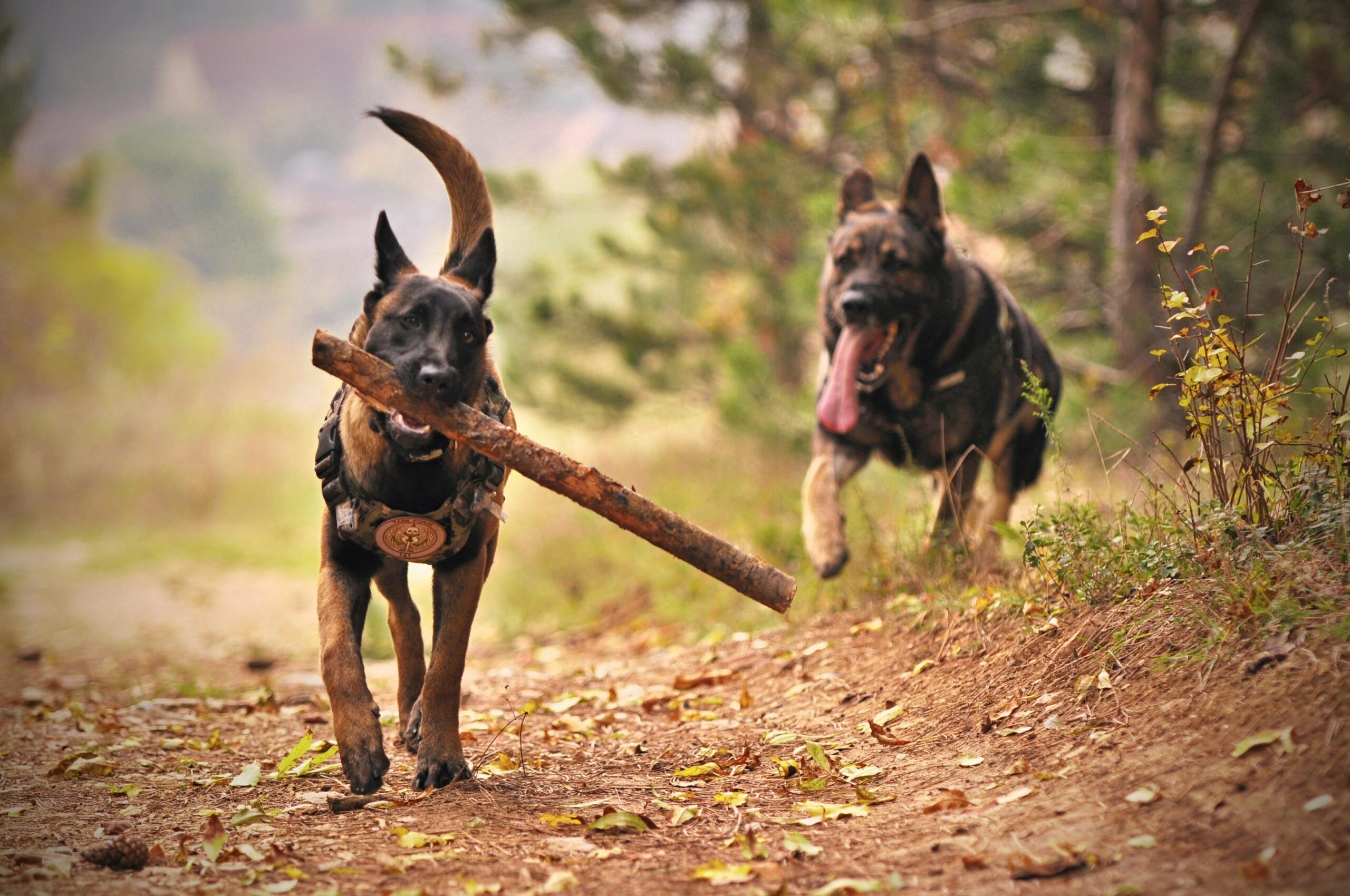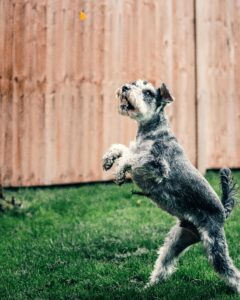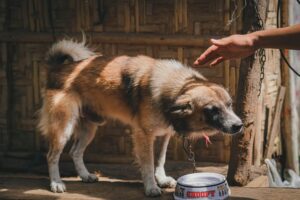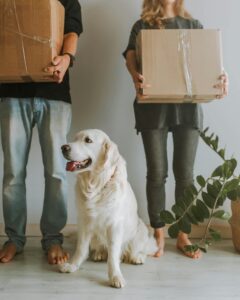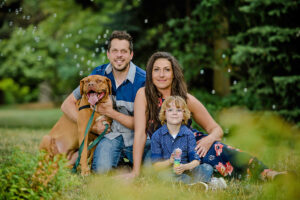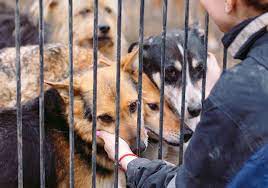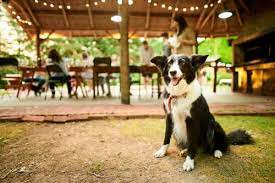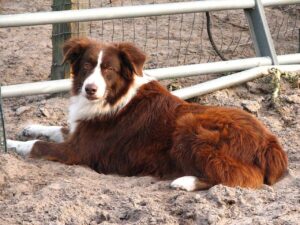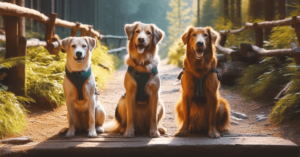Table of Contents
ToggleThe Science Behind Why Dogs Love Routine (And How It Helps Them)
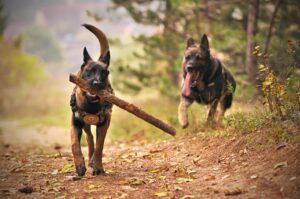
Dogs are creatures of habit, and their love for routine runs deeper than simple preferences. Routine isn’t just about keeping their day predictable—it directly impacts their emotional and physical well-being. As dog lovers, understanding the science behind their attachment to routine can help us create a happier, healthier life for our furry friends.
Understanding the Canine Mind
Dogs are hardwired to seek consistency in their environment. Their natural instincts and cognitive processes make them creatures of habit.
Dogs and Their Natural Instincts
Wild dogs and their ancestors lived by routines dictated by survival needs. Hunting, eating, and resting followed predictable patterns to conserve energy and avoid danger. Modern dogs inherit this instinctual love for predictability, making routine a key part of their comfort zone.
The Science of Routine in Dogs
Scientific studies show that routines can reduce stress in dogs. Predictable schedules help them feel secure, as they know what to expect throughout the day. This sense of stability triggers positive chemical reactions in their brain, such as the release of oxytocin—the “love hormone”—which promotes bonding between dogs and their humans.
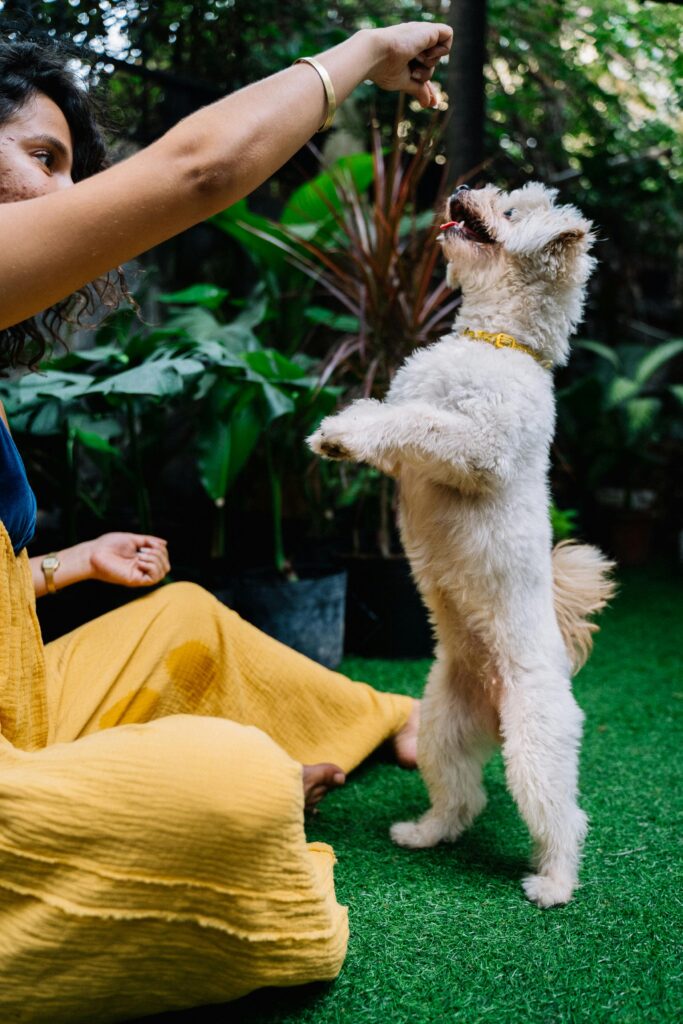
Benefits of Routine for Dogs
Creating a consistent daily routine isn’t just convenient for dog owners—it’s a vital component of a dog’s overall well-being.
Promoting Emotional Well-Being
Dogs can experience anxiety and stress when their environment feels chaotic. A consistent schedule helps reduce these feelings by offering stability. For instance, knowing they’ll be fed and walked at the same time every day keeps them calm and reassured.
Physical Health and Routine
Regular meal times, exercise, and rest periods are crucial for maintaining your dog’s physical health. Routine feeding prevents digestive issues, while scheduled exercise helps manage weight and energy levels. Consistency also ensures they get enough rest for recovery and mental clarity.
Implementing Effective Routines
Setting up a routine doesn’t have to be complicated. A few manageable steps can make a big difference in your dog’s life.
Daily Schedules
Start by creating a schedule for feeding, walking, and playtime. For example:
-
- Morning: Feed breakfast and go for a walk.
-
- Afternoon: Playtime or training session.
-
- Evening: Dinner and a relaxing walk.
Adjust timings based on your dog’s energy levels and needs. Consistency is key, so aim to stick to the same times each day.
Training and Reinforcement
Incorporate training into your daily schedule to teach good behavior and mental stimulation. Use positive reinforcement techniques to reward desirable actions. For example, always reward your dog after they successfully follow a command during their designated training time.
Photo by Yaroslav Shuraev: https://www.pexels.com/photo/woman-giving-treats-to-dogs-wearing-raincoats-sitting-on-bench-8499428/
Common Challenges with Routine
While routines are great, they’re not always easy to maintain. Life can disrupt even the best-laid plans.
Traveling with Dogs
Traveling can throw off your dog’s routine, but small adjustments can help. Pack familiar items like their bed or toys to provide comfort. Try to keep meal and walk times consistent with their normal schedule, even in a new environment.
Dealing with Disruptions
Unexpected changes, like a late workday, can disrupt your dog’s routine. When this happens, ease them back into the schedule as soon as possible. If you know a disruption is coming, prepare ahead by adjusting the routine gradually.
Conclusion
Dogs thrive on routine because it aligns with their natural instincts and provides them with emotional and physical stability. By understanding the science behind their love for consistency, dog owners can create a structured yet flexible daily schedule that benefits both their pets and themselves. A little planning goes a long way to ensuring a happy, healthy life for our four-legged companions.
For more tips on keeping dogs happy and safe, check out our post on dog breeds that are safe with kids or learn about popular dog breeds and their characteristics.

